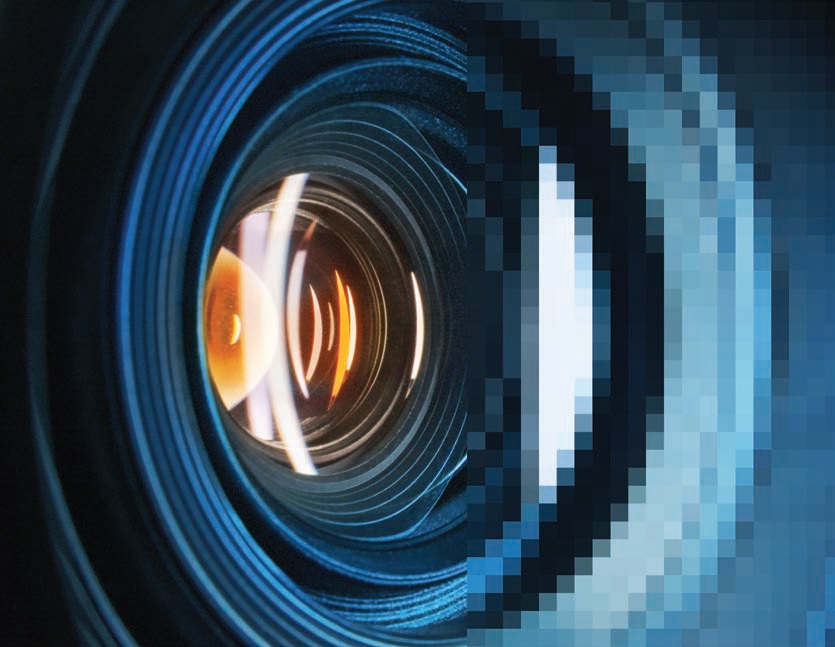
Before we discuss digital video analytics I need to explain, as painless as possible, why the following examples have inspired me to write this. You see, I’ve been working with digital imagery and video since the 1990s and I’ve come to understand that the image presented on your screen is made up of digital pixels. In the digital world of absolute mathematical equations, pixels are not measured in dots of Cyan, Magenta, Yellow and Black, like the offset printing process, but rather in bits and bytes. A digital pixel represents visual colour. There are 8-bits (1 byte) in a black and white image and 24-bits for a colour image (1 byte each for Red, Green and Blue). So, each pixel contains 256 shades of gray (for black and white) or 256 shades of Red and 256 shades of Green and 256 shades of Blue, or 16,777,215 colours for a colour image. If you’re wondering what happened to the Black in the transition from CMYK in print to the RGB of pixels, mix Red, Green and Blue paint together, and see what you get – black. The richness of the blacks is also defined by brightness and contrast in the digital world.
This is why your 1080p television looks so much sharper and more colourful than that old CRT television, because the digital image has more pixels to pick up more detail and colour variables. However, more pixel depth doesn’t make a smarter camera, only a better-quality image.
Now that you understand how the IP camera image processor captures visual images in the analogue world, the next step is motion. Digital motion pictures are achieved the same traditional way Thomas Edison achieved motion back in 1901, with frames per second. The rapid succession of multiple snapshots of the field of view captures the colour changes at a rate per second providing the illusion of movement on screen…Click HERE to read full article.





